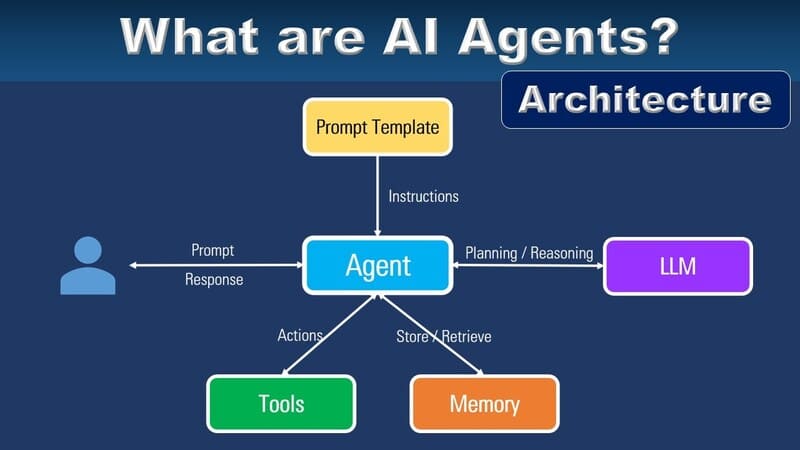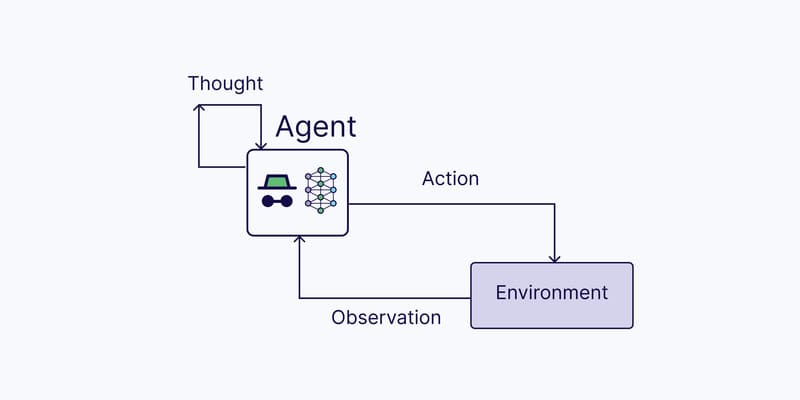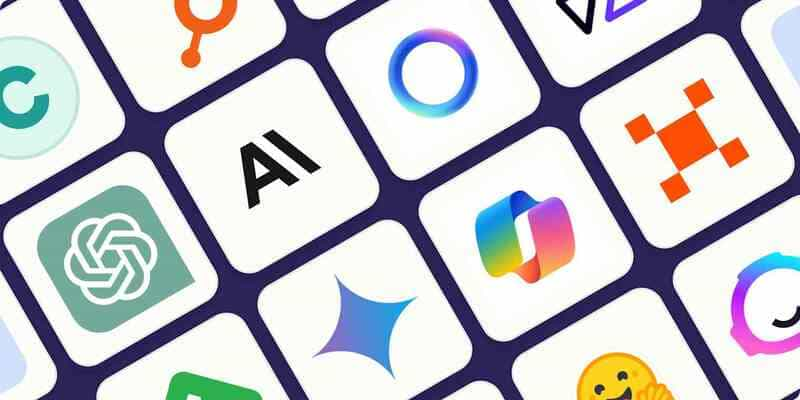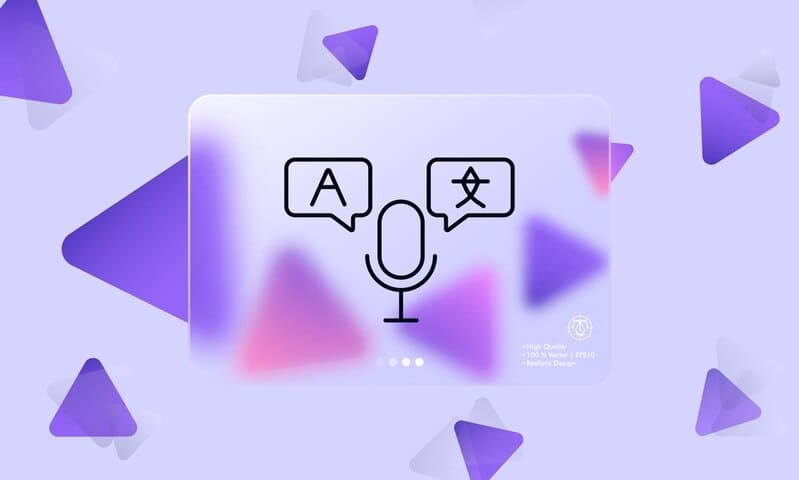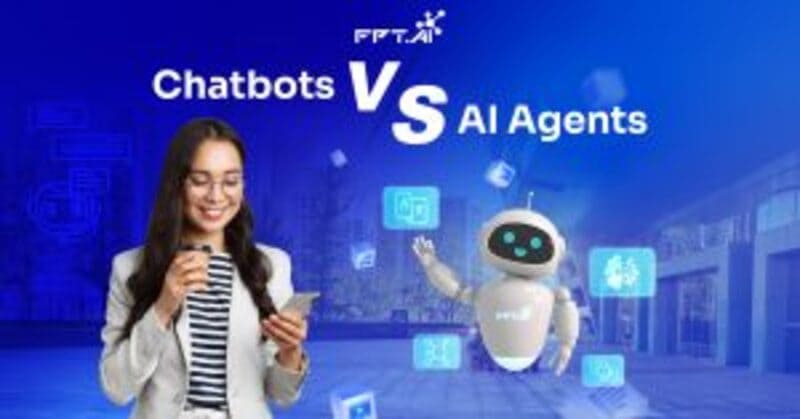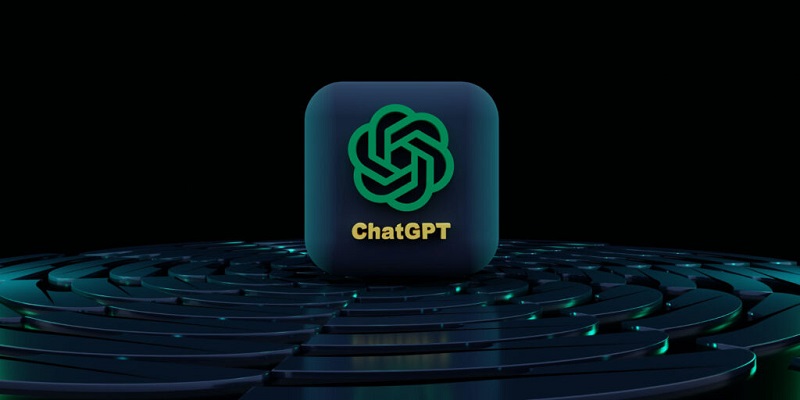In the digital age, content automation has become an inevitable trend to meet the need for fast and accurate information. Natural Language Generation (NLG) is the key to unlocking new possibilities in automatically generating text, improving efficiency and optimizing the content creation process. Let’s learn more about this technology with FPT.AI through the article below.
What is Natural Language Generation? Common Applications of NLG in Practice
Currently, Natural Language Generation (NLG) is becoming an important tool in many different fields such as media, entertainment, education, e-commerce, business and finance, etc. According to a report by MarketsandMarkets, the NLG market is expected to reach $1.35 billion by 2024, with a compound annual growth rate (CAGR) of 20.2% from 2019 to 2024.
This development is driven by the increasing demand for automation in content creation, from financial reports, news articles to customer support applications. So, fully understand, what is NLG?
Natural Language Generation (NLG) is a branch of artificial intelligence that allows computers to automatically generate text similar to what humans write. The technology uses algorithms and language models to convert data and information into natural language, generating structured, understandable text at speeds of up to thousands of pages per second.
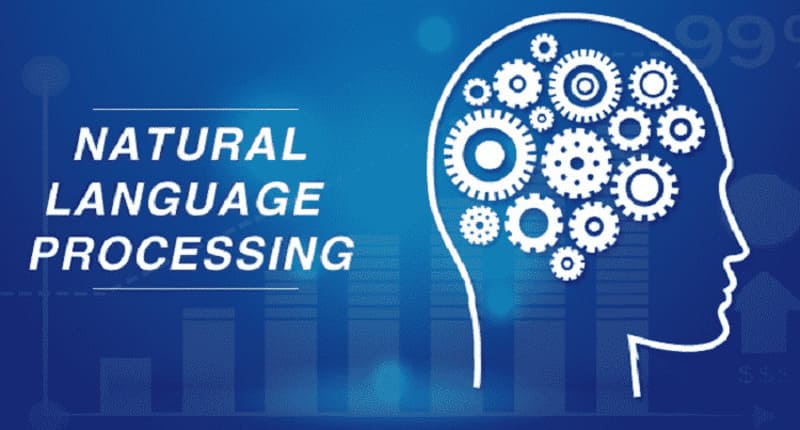
The Relationship Between NLG, NLU, and NLP
Many users are confused between NLG (Natural Language Generation), NLU (Natural Language Understanding), and NLP (Natural Language Processing). This confusion arises because all three concepts are in the field of artificial intelligence (AI) and are often used in language communication systems. However, there are significant differences between them in terms of function, input, and output.
Here is a detailed comparison table between NLG, NLU and NLP:
| Criteria | NLG (Natural Language Generation) | NLU (Natural Language Understanding) | NLP (Natural Language Processing) |
| Definition | The process of generating natural text from structured data | A branch of artificial intelligence focused on understanding and interpreting the semantic meaning of text or language data | A combined field of AI and linguistics that helps computers understand, analyze, and generate natural language from text or speech |
| Main Function | Generate text from data | Understand and interpret language | Process and analyze language |
| Input | Structured data (spreadsheets, databases, etc.) | Natural language text | Natural text or speech |
| Output | Natural language text (reports, summaries, descriptions) | Analyzed meaning, intent, and information | Processed language (parsing, sentence segmentation, part-of-speech tagging, etc.) |
| Applications | – Automatically generate financial reports based on business data. – Write product descriptions on e-commerce sites. – Automatically generate news from sports event data. |
– AI chatbots that understand questions and provide appropriate answers. – Virtual assistants like Siri or Alexa interpret user voice commands. – Sentiment analysis on social media posts or customer surveys. |
– Analyze language on websites. – Convert speech to text. – Automatic translation tools like Google Translate. |
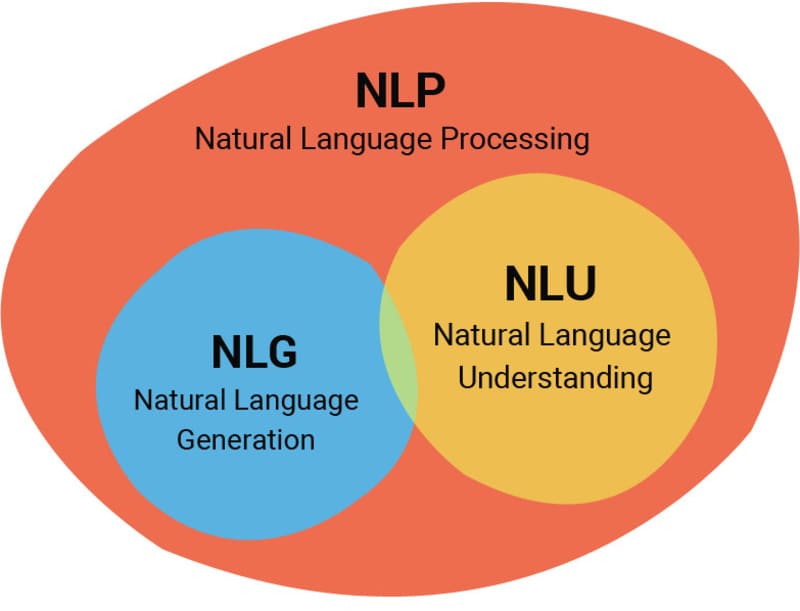
To conclude, NLG, NLU and NLP are closely related, together creating an effective natural language processing system. NLP processes and analyzes language, NLU helps understand semantic meaning, and NLG transforms data into meaningful text, creating a complete chain of operations.
How Natural Language Generation Works
Natural Language Generation generates text in a six-step process:
- Data Ingestion: The Natural Language Generation system begins by ingesting organized data from various sources, such as spreadsheets, databases, or text files. In this step, the system picks out key themes in the source data and evaluates the relationships between them.
- Data Understanding: Natural Language Processing (NLP) is used to analyze and understand the data, identify appropriate sentence structures, and perform syntactic analysis.
- Document Structure Generation: Through Natural Language Understanding (NLU), the system identifies the underlying meaning and relationships in the data and then constructs an initial rough text structure.
- Content Creation: The system starts to deploy each sentence in the content, then considers how to organize the sentences and paragraphs to restructure them appropriately.
- Grammatical Structure: At this step, the system will create understandable text using the grammar rules of natural language.
- Presentation and completion: Finally, the system will give a complete output text in any form that the user requires such as reports, emails, customer feedback, etc.
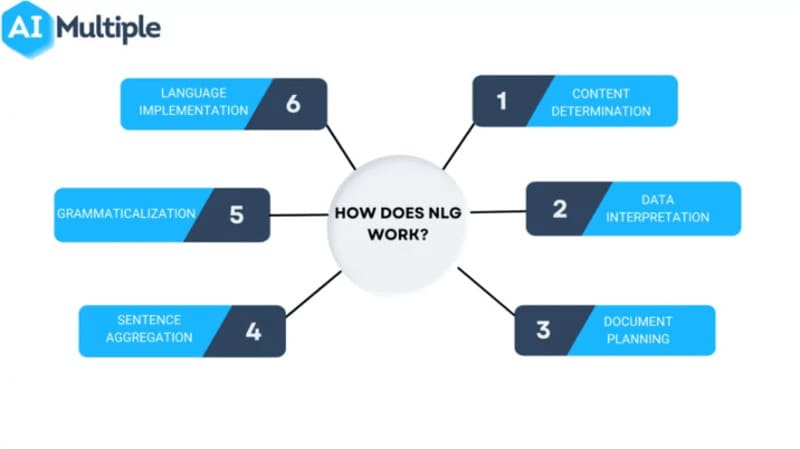
The importance of Natural Language Generation to businesses
In the context of increasing competition, Natural Language Generation (NLG) is becoming an important tool to help businesses optimize operations and improve customer experience. Here are three key benefits that NLG brings to businesses:
Improve data analytics
Natural Language Generation helps businesses automate the process of generating reports from large data sets. This not only saves businesses time but also improves the accuracy and speed of decision making thanks to clear data analysis.
Improve customer response efficiency
With NLG, businesses have the ability to create automated responses to frequently asked questions from customers. This saves time for customer support teams, while improving user experience and retaining customers better thanks to quick and accurate answers.
Improve customer relationships
Another extremely important role of Natural Language Generation is to improve customer relationships. NLG allows businesses to personalize content based on customer preferences and behaviors, creating better experiences and increasing customer loyalty.
Bloomberg, one of the world’s leading financial companies, has applied Natural Language Generation to automate the process of generating financial reports.
With NLG, Bloomberg can produce four types of automated news and speed up data analysis. Ted Merz, Director of News Products at Bloomberg, said that the readership rate of NLG-generated articles has increased from 0 to 7% in just two to three years. Natural Language Generation has helped the company not only improve the speed of response but also improve customer relationships, trust and engagement with accurate, personalized reports.

How to apply Natural Language Generation to business?
The application of Natural Language Generation to business is opening up many new opportunities for businesses to optimize processes and improve customer experience. Below are some outstanding applications of NLG in the modern business environment:
- AI Chatbot: NLG plays an important role in developing chatbots to automate communication with customers. For example, FPT AI Chat by FPT.AI integrates two technologies, NLG and NLP, to analyze semantics, understand the intent and context in customers’ questions to create natural and coherent answers. This helps reduce the workload for the customer support team, while improving the user experience by providing information quickly and accurately.
- Voice Assistant: NLG application solutions such as Siri, Alexa, and Google Assistant support call notes, automatically send emails, or translate important information and then convert text to speech naturally, helping businesses improve the process of interacting and responding to customers.
- Content Creation: NLG is capable of creating content in many different fields such as: Creating humorous explanations for acronyms (HAHAcronym), Developing algorithms to automatically create textbooks, crosswords and poems (Phillip Parker), Creating word puzzles for children (JAPE system), …
- Automated reporting: NLG automates the process of creating reports from big data, allowing businesses to get information quickly and accurately. One of the first applications was the FoG system, deployed by Environment Canada in the early 1990s to create weather forecasts in both French and English. FoG’s success paved the way for the Los Angeles Times’ automated earthquake reporting, which quickly provided detailed information within three minutes of an event. Today, Natural Language Generation is also used to summarize financial data or generate content for e-commerce sites.
- Sentiment Analysis: NLG can help analyze customer sentiment from social media responses, reviews, and surveys. An integrated NLG system can not only identify positive or negative emotions but also provide insights into the reasons behind those emotions, helping companies adjust their marketing strategies and improve customer service.
- Hyper-personalization: With NLG, businesses can create personalized content and experiences for users based on their preferences and behaviors. Netflix has integrated Natural Language Generation technology to create customized movie descriptions based on users’ viewing history, making it easier for them to find content that matches their interests. Similarly, Amazon applies NLG to create personalized product recommendations, thereby increasing engagement and increasing sales.

In summary, Natural Language Generation (NLG) is proving to be an important role in improving business performance, from data analysis to customer experience personalization. With diverse applications such as automatic content generation and sentiment analysis, NLG helps businesses optimize processes and improve services. In case you are looking for a superior customer care tool that effectively combines NLG and NLP, FPT.AI’s chatbot is a great choice.
For more information and advice on solutions, please contact FPT.AI via:
- Hotline: 1900 638 399
- Website: FPT.AI








